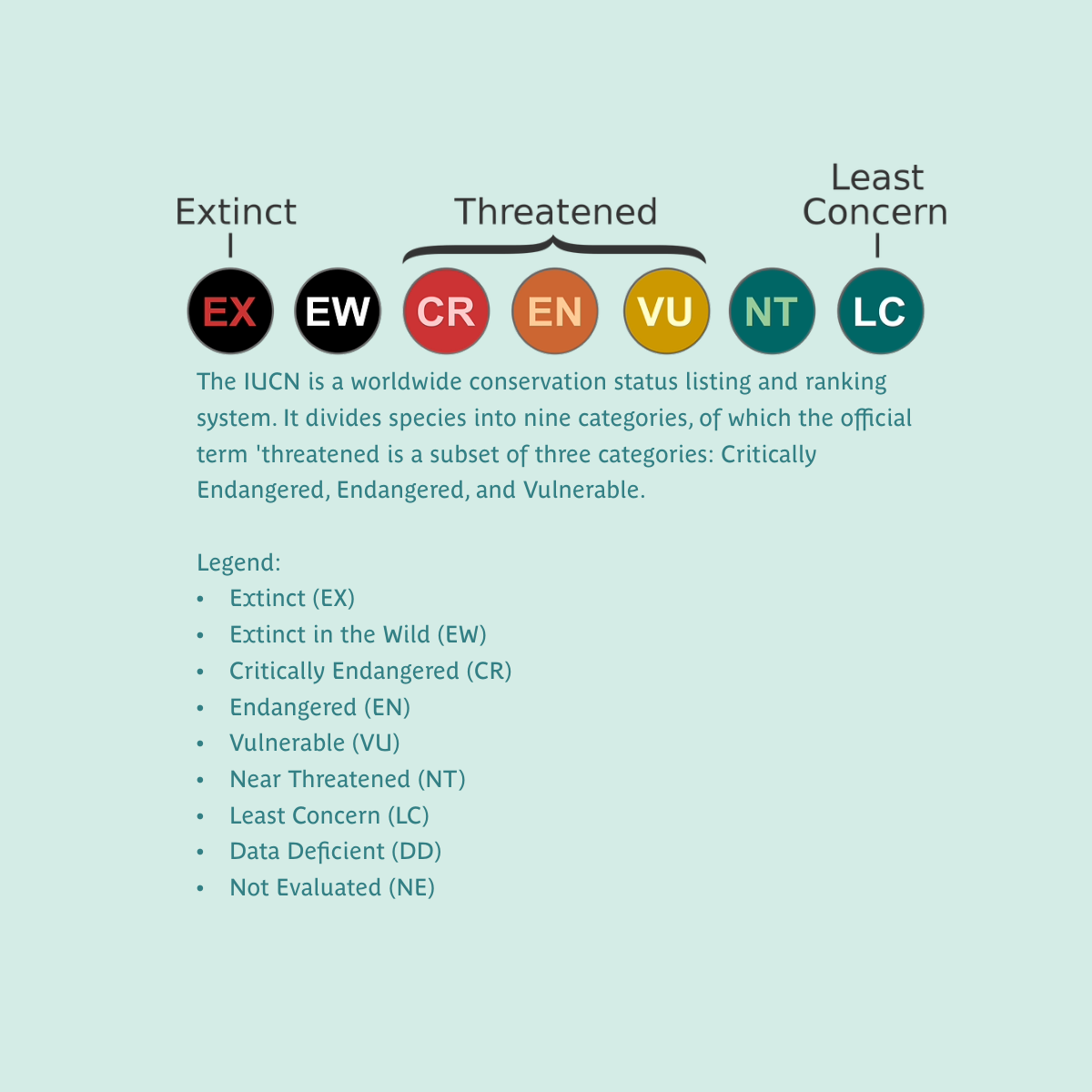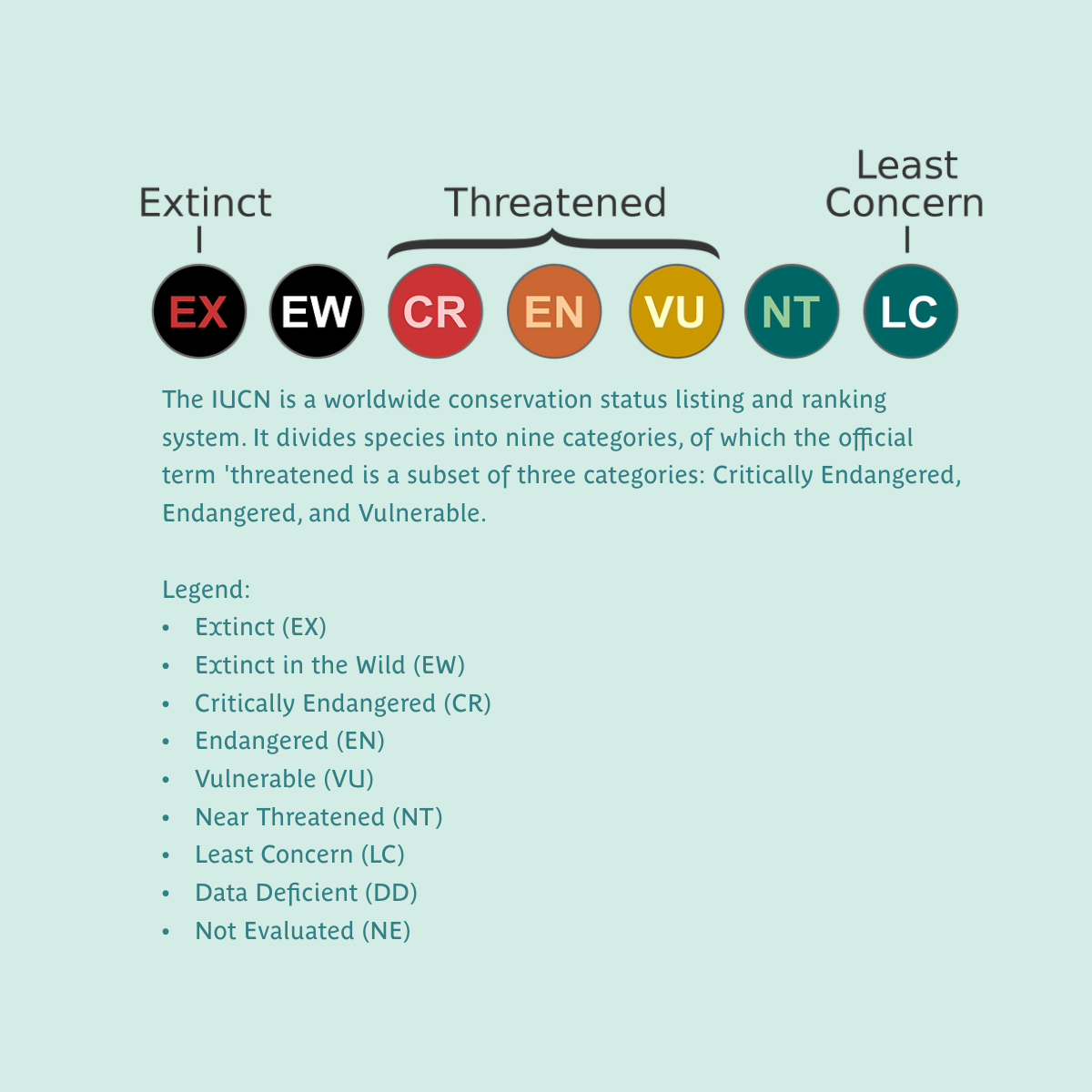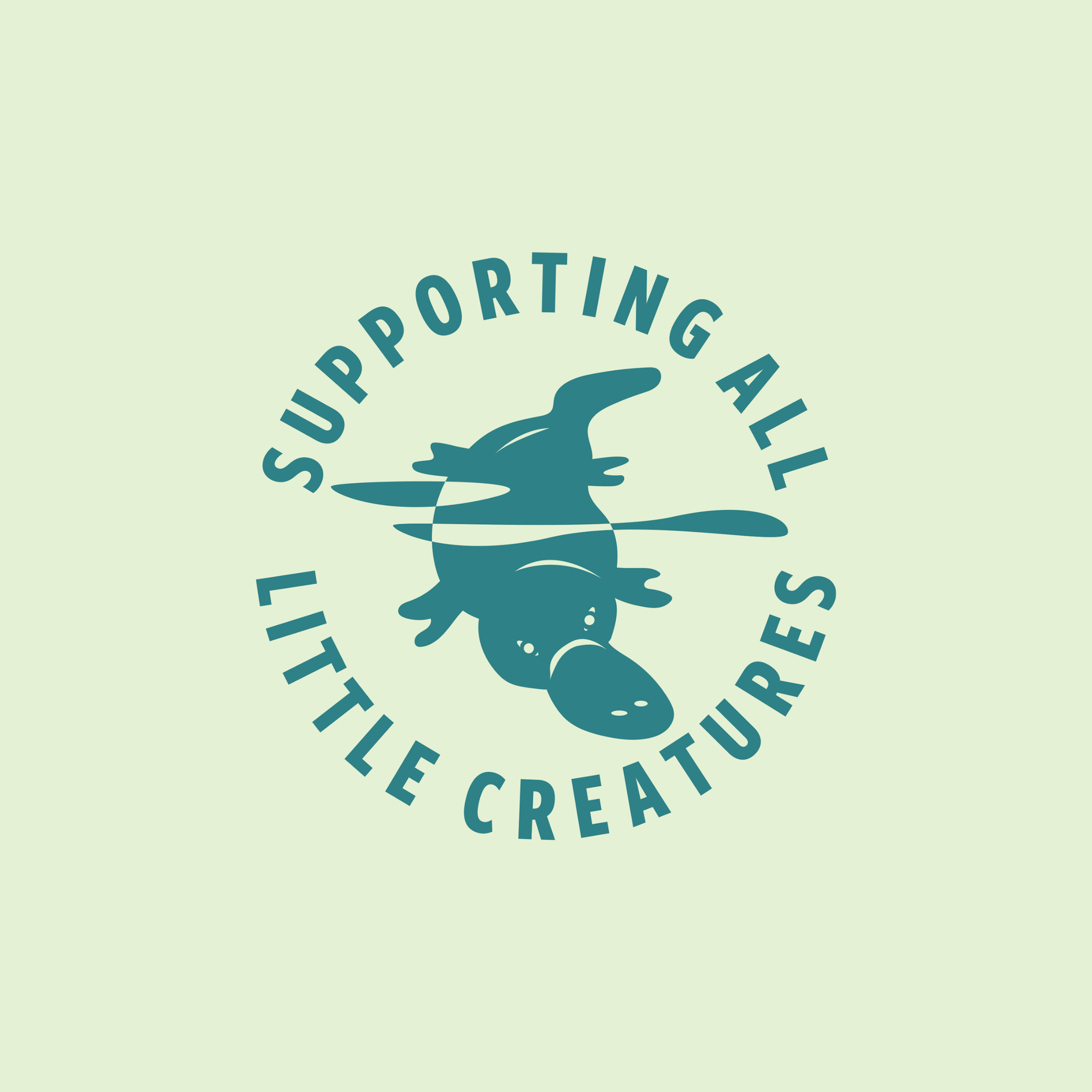Fun Facts
The caterpillars of the Pale Imperial Hairstreak have tiny bodyguards—ants! The caterpillar makes a sweet liquid called honeydew, and in return, the ants protect it from hungry predators. It’s a win-win friendship.
This butterfly has a clever disguise—its back wings have little tails that look like antennae! This confuses predators, so if something tries to grab its head, it might just get a wingtip instead!
This butterfly is a bit of a homebody! It lays eggs on brigalow plants (Acacia trees), and the caterpillars only eat the leaves of these plants. The adult butterflies also stay close to these trees for their entire lives—never venturing far from their birthplace.
This butterfly is like a hidden treasure! When its wings are open, they shine a brilliant metallic blue. But when closed, the wings are a creamy brown with black patterns—perfect camouflage!
The Pale Imperial Hairstreak (Jalmenus eubulus) was once thought to be just a type of Imperial Hairstreak butterfly. But scientists recently discovered it’s actually a whole different species! Its looks, habitat, and even its genes are unique.
Where can you find them?
The Pale Imperial Hairstreak butterfly is found in central and southern parts of Queensland and northern New South Wales and, in special woodlands with brigalow trees (Acacia harpophylla). These butterflies are picky about where they live! Since they don’t move into new or rehabilitated forests, protecting these old growth forest with brigalow habitat is very important!
Vulnerable
Conservation status
Bilby populations have declined rapidly over recent years, largely due to introduced predators like foxes and feral cats. They also face competition for food from introduced species such as rabbits and cattle. Changing fire patterns have also affected Bilbies. Large hot wildfires remove plants which protect them from predators. Small fires promote food plants for Bilbies and help prevent large fires. It’s important traditional patch burning continues where Bilbies live.
Greater Bilbies are classified as Vulnerable by the IUCN Red List. Source: Burbidge, A.A. & Woinarski, J.2016.Macrotis lagotis.The IUCN Red List of Threatened Species2016: e.T12650A21967189.https://dx.doi.org/10.2305/IUCN.UK.2016-2.RLTS.T12650A21967189.en. Accessed on 28 July 2023.
Caring for Australia's Wildlife
We want our little ones, and yours, to grow up with a healthy planet, where native plants and animals thrive. That’s why we donate 1 cent from every product sold to support Australian wildlife. We also seek to minimise our impact on the environment wherever possible.
Australian Wildlife facing threats to survival are featured on our packaging, to help raise community awareness and support for these important animals.







